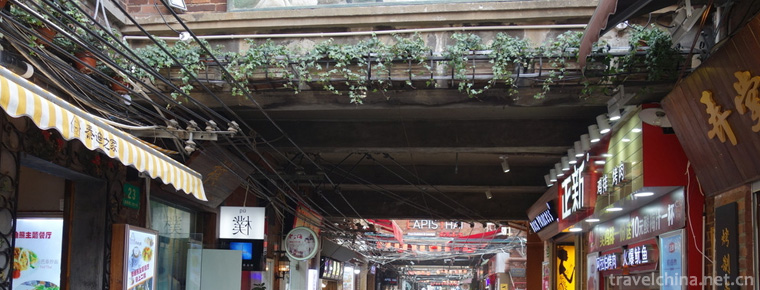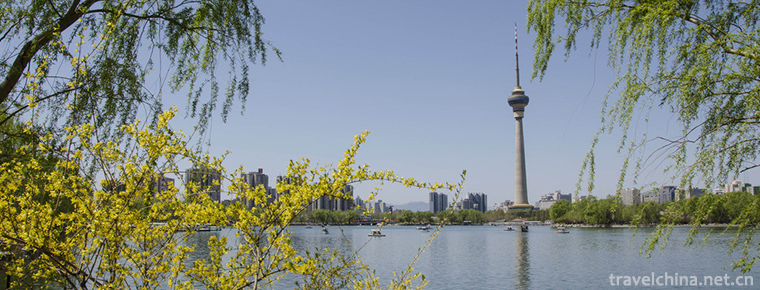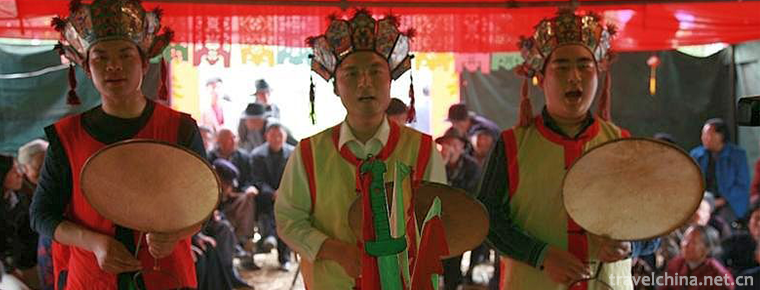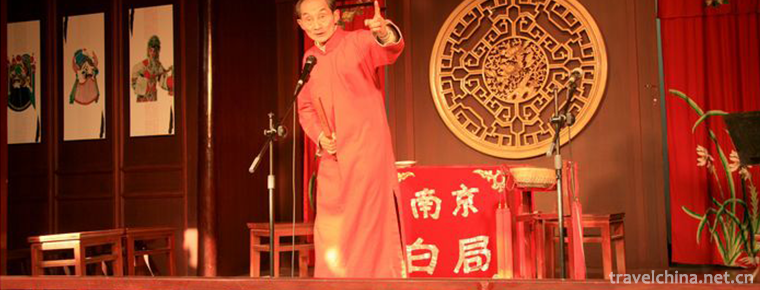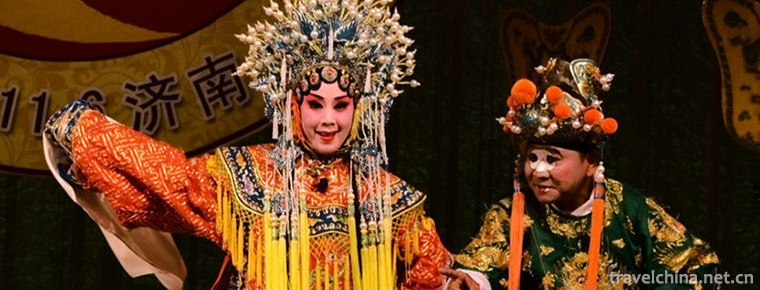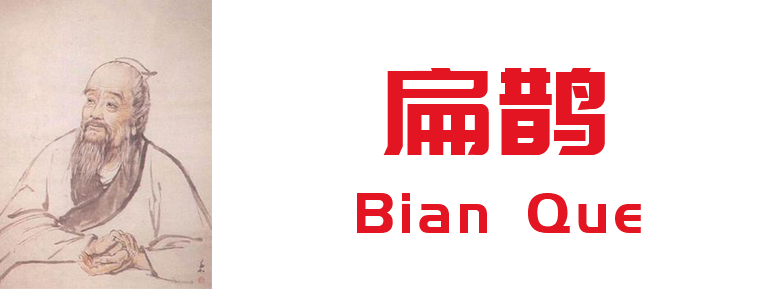Dispute on the meaning of Cheongsam
Dispute on the meaning of Cheongsam
After thousands of years of understanding of the evolution of Chinese robes, the word cheongsam is questioned.
Under the influence of the Qing Dynasty's Qiren's robes, women's gowns have been referred to as cheongsam since the Republic of China. Due to the influence of the environment at that time, most people know that the women of the Manchu and Qing Dynasty had their own cheongsam, but they mistakenly believed that the women of the Han Dynasty only wore skirts, which was different from the qipaos. Therefore, today people all say that skirt is the clothing of Han women, but we do not know that for two or three thousand years, Chinese women used both robes and skirts, and took robe shaped long clothes as traditional dresses. However, due to the changes of the times, there are conflicts between robes and skirts, which need to be clarified. In Taiwan, there was a movement to rectify the name of cheongsam, which was named Qipao. Remove its ambiguity and take its auspicious meaning. It is logical that we should consider the name and the reality and clarify the mistakes of several common names. Chinese women have many kinds of gowns, which have been handed down in the same line for two or three thousand years. The word cheongsam should not be used to cover everything. Wang Yuqing, chairman of the Chinese cheongsam Research Association in Taiwan, once launched a name rectification campaign to change cheongsam into Qipao, and submitted it to the government office for approval. The reasons are as follows: "most of the stores in a city have used Qipao for more than ten years. Two Qi means good luck. Why it is necessary to change Qipao to Qipao, because the Chinese women's robe is an ancient ritual for two or three thousand years, and the term Qipao originated very late, only 300 years ago, and can be used as the true meaning of 3000 year old women's robes? The cheongsam worn by the cheongsam people has its own style and is relatively fixed. However, the Chinese women's robes for thousands of years are so colorful that they can't be compared with those of the cheongsam. How can we call it the cheongsam? Therefore, we must win the flag. He also said why it is not only called "Robe" or "women's Robe". Because of the lack of women's exclusive parts of speech, women's gowns are not used to not smooth, and there is no feasibility. If we don't change it, we will not live up to the name. Moreover, the flag, Qi and Kai are in a mess, and we can't agree. And there are many precedents, such as the carved silk of Kesi and the gentry of the gentry. "
In fact, Qipao was renamed Qipao on New Year's day in 1974. On this day, the founding meeting of the Chinese cheongsam Research Association was held in Taipei. The flag was changed to Qi and passed unanimously. It was immediately written into the provisions of the Constitution and submitted to the competent officer's office for approval. Then the final decision was made and the official records were recorded in the Ming Dynasty.
In terms of the evolution process of robes and clothes, the evolution history of robes and clothes is a history of national integration and cultural blending. The round collar of the robe and clothing popular in the late Northern Dynasty was produced by the influence of the northern minorities. The change of the sleeves from loose to tight is the result of the interaction between the clothing culture of the ethnic minorities and the Han nationality. In general, the evolution of Chinese robes is just like the evolution of the Chinese nation. It is a basic fact that the evolution of traditional robes is mainly based on the mainstream style of the Han nationality and absorbing the good elements of other ethnic groups The influence of western culture is profound, putting the cart before the horse until it basically loses all the traditional culture. The loss of culture is undoubtedly a major disaster for a nation. It is undoubtedly the responsibility of every Chinese to appeal for the inheritance of the traditional costume and the inheritance of the traditional costume. This requires the popularization of the traditional costume culture by the public, the attention of the ruling party to the clothing culture, and the advocacy of the literary and artistic intelligentsia.

-
Tianzifang
Tianzifang is located in lane 210, Taikang Road, Shanghai, China.
Views: 175 Time 2018-10-12 -
yuyuantan park
Yuyuantan Park, AAAA grade scenic spot, is located in Haidian District. East Gate is adjacent to Diaoyutai State Guest House; West to West Third Ring Road is separated from CCTV Tower; South Gate is n.
Views: 164 Time 2019-03-08 -
Western Henan Grand Canyon
Western Henan Grand Canyon Scenic Spot is located in the west of Henan Province, which refers to the area west of Zhengzhou, the capital of Henan Province, including Luoyang.
Views: 82 Time 2019-03-09 -
Changzhou comb
Comb, also known as Chlamys, is one of the eight hairdresses in ancient China. It is a local traditional handicraft with a long history in Changzhou City, Jiangsu Province..
Views: 256 Time 2019-04-16 -
End drum cavity
Weishan Lake Drum Tune, also known as Duangong Tune, is a traditional folk art of the Han nationality originating in Weishan County and Dongping County of Shandong Province .
Views: 212 Time 2019-04-28 -
Miao New Year
Miao year, the first year of the Miao calendar, is the most solemn traditional festival of the Miao people. The time spent in different areas varies from September to the first month of the lunar cale.
Views: 94 Time 2019-06-05 -
Nanjing White Bureau
Nanjing Baiju is an ancient type of music in Nanjing area. The "Nanjing tune" in the Yuanqu brand is the original tune of Baiju's ancient tune. It has a history of more than 700 years. It wa.
Views: 108 Time 2019-06-07 -
Shangdong clapper opera
Shandong Bangzi is a traditional local opera popular in Southwest Shandong and Central Shandong. Also known as "high-profile Bangzi", short for "high-profile" or "high-profile.
Views: 191 Time 2019-06-13 -
Yao Peoples Playing Hall
The Playing Hall is a folk grand gathering of memorizing ancestors, recalling history, celebrating harvest, rewarding vows, disseminating knowledge and mass entertainment activities in Liannan Paiyao..
Views: 286 Time 2019-07-11 -
Bian Que
Bian Que (407 BC - 310 years ago) Ji surname, Qin Shi, name slowly, the word Yue people, also number Lu medicine, the spring and Autumn period and the Warring States period famous doctor. The spring a.
Views: 131 Time 2019-09-06 -
Chizhou University
Chizhou college is Anhui Province Full time general Undergraduate Colleges It's the only one in China. Hui Style Architecture The style of colleges and universities is the only one in Anhui colleges a.
Views: 395 Time 2019-11-09 -
Neijiang ten sages
Ten sages are outstanding representatives of historical figures in Neijiang, which are described as "one division, two phases, three number one scholars and four great masters";.
Views: 340 Time 2020-12-16
